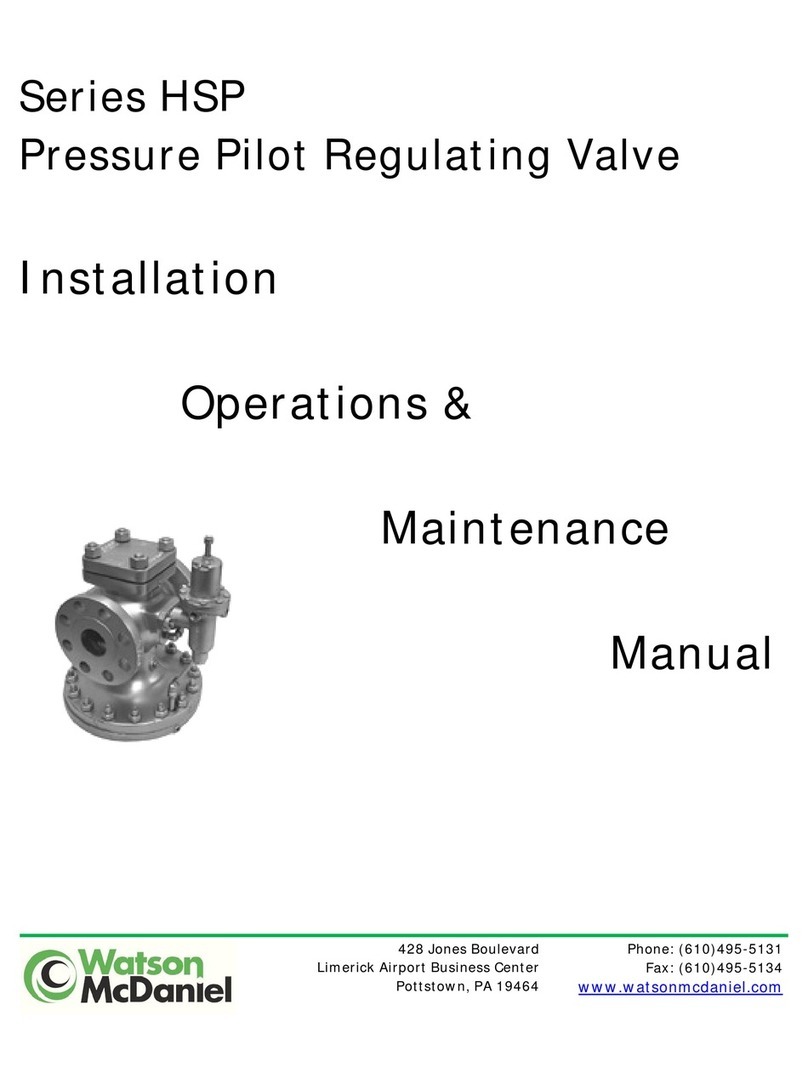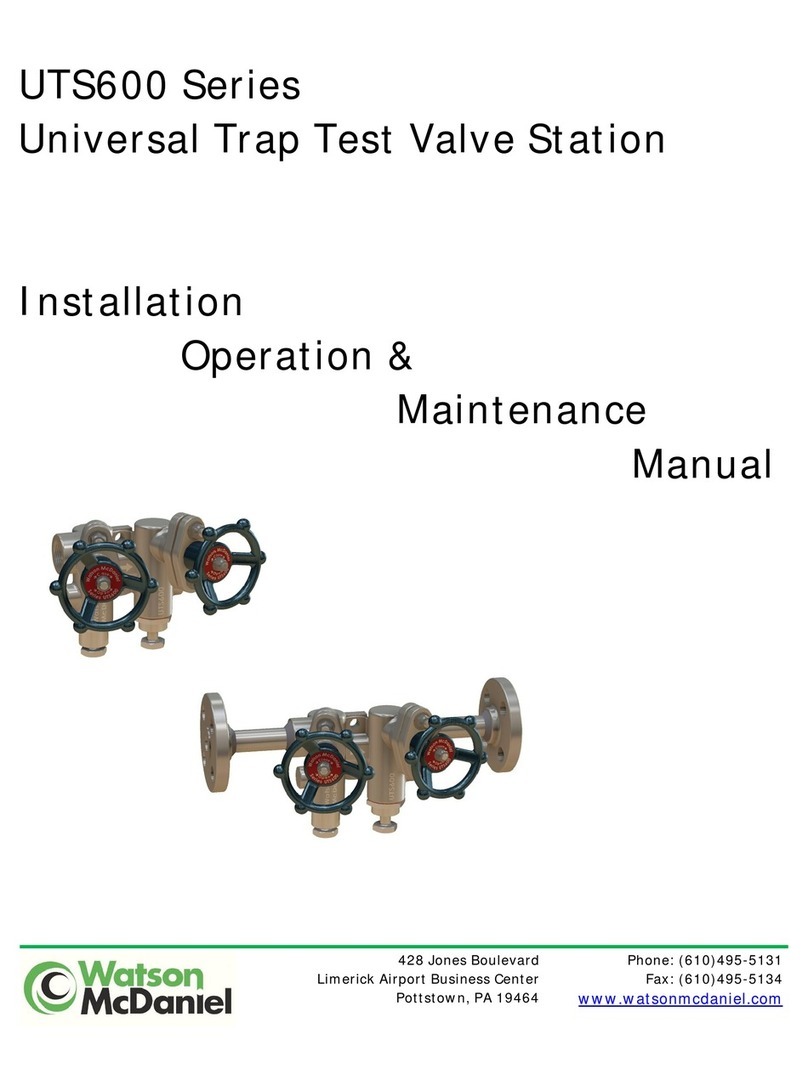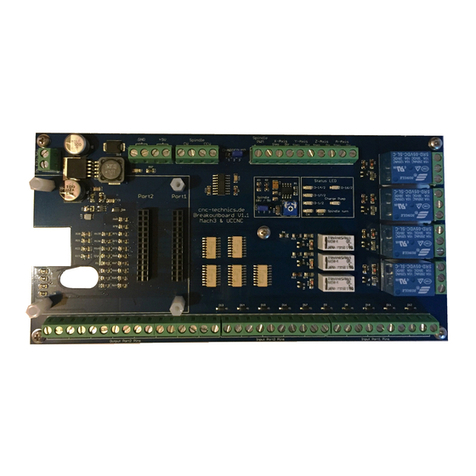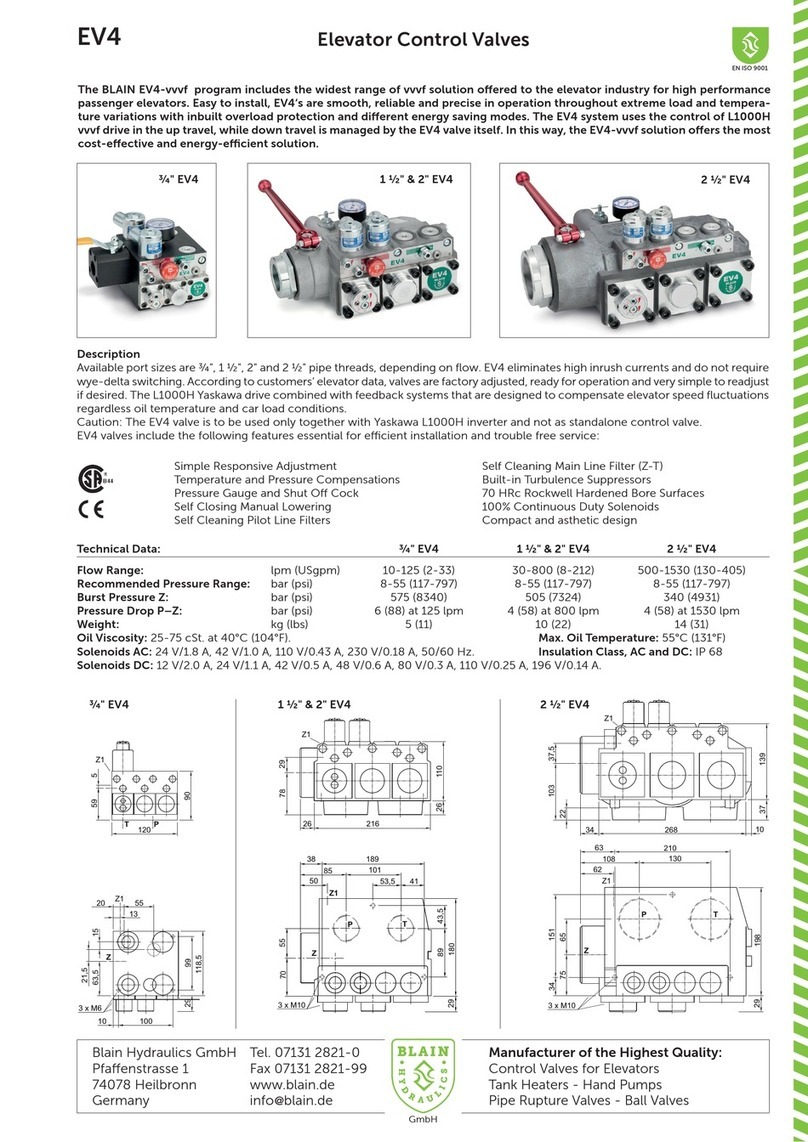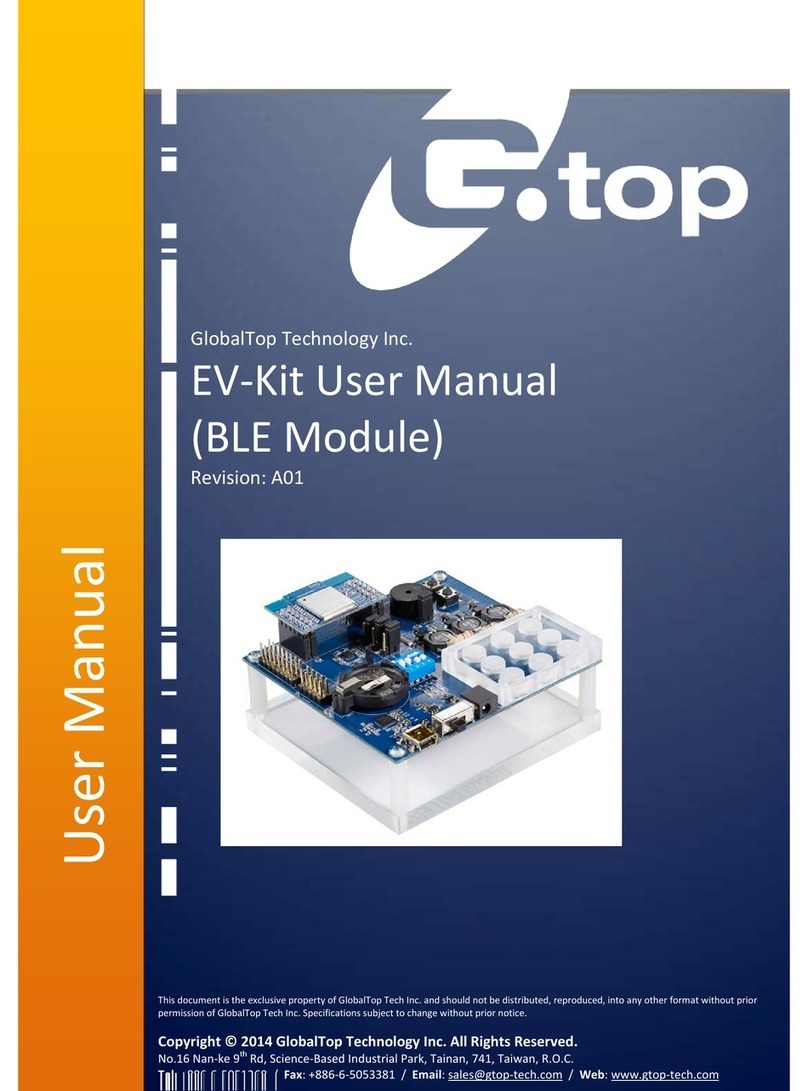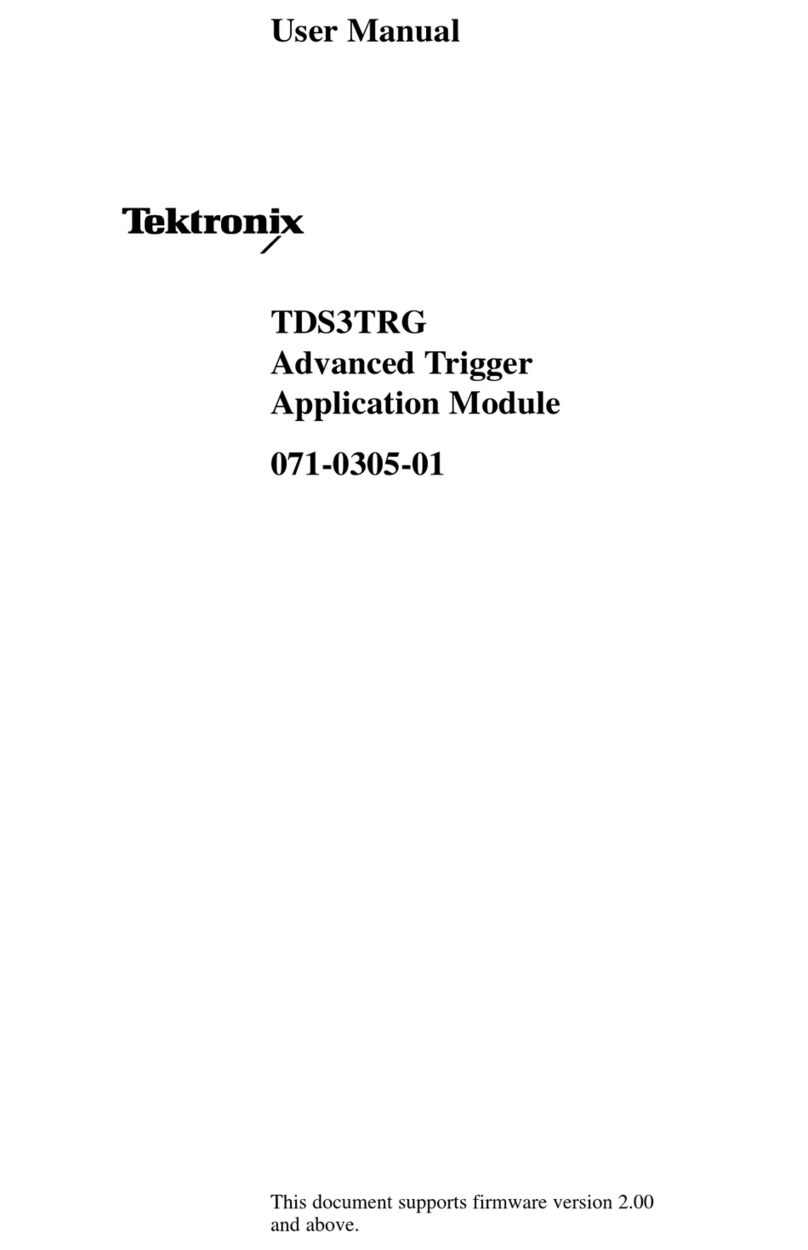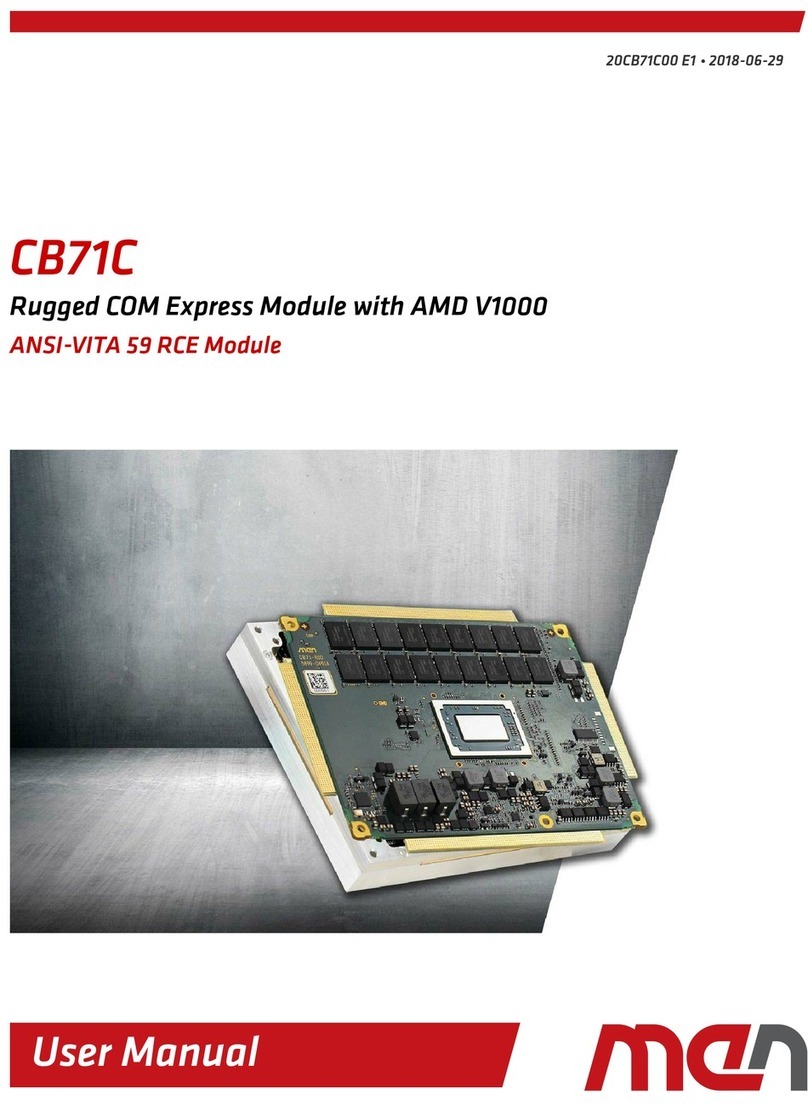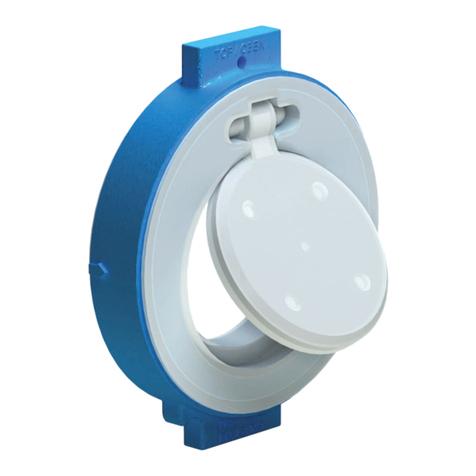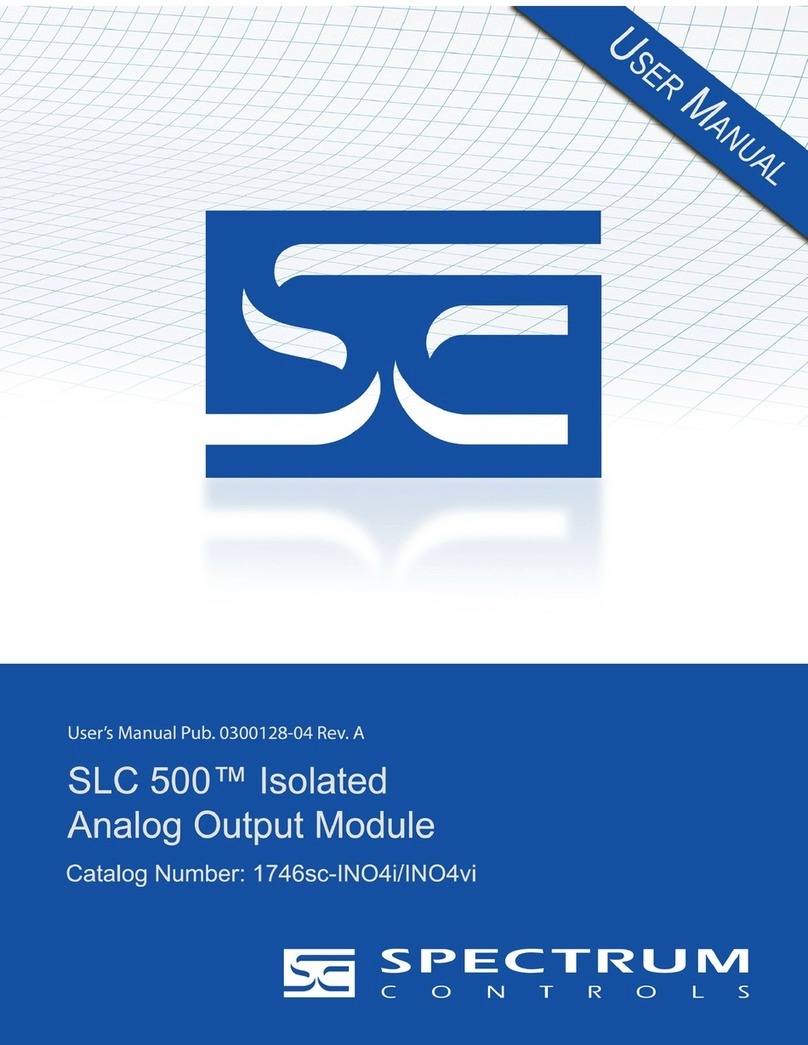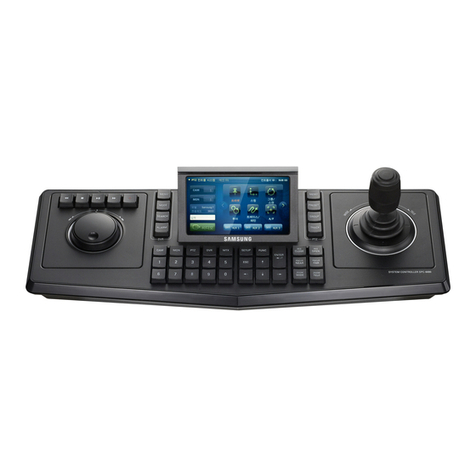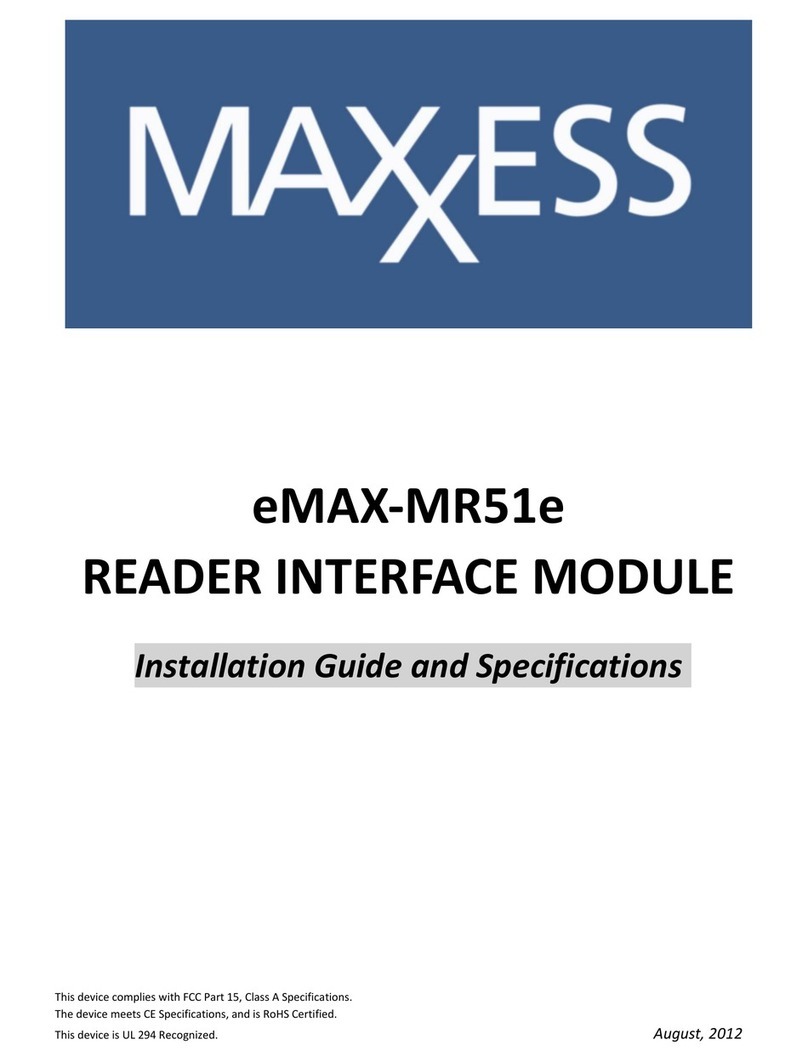Watson McDaniel HB Series User manual

2
2533800 Watson McDaniel Company HB Valve Manual Rev 0
HB Specifications
Figure 1: HB Control Valve
Item
Description
I
Actuator Assembly
II
Main Valve Assembly
Shut-off Pressures (psi)
Size
3-15psig
Signal
Positioner
1/2
300
300
3/4
300
300
1
300
300
1-1/2
170
225
2
85
135
HB Valve Pressure-Temperature
Ratings
NPT
300psi @ 450°F
150# Flanges
150psi @ 450°F
300# Flanges
300psi @ 450°F
Actuator effective diaphragm area is
approximately 47in2
Size
A (Face to Face)
B
Cv
Orifice
Diameter
Weight
(lb)
NPT/SW
150PSI
300PSI
1/2
4 1/2
7 1/4
7 3/4
1 3/4
5
0.88
20
3/4
4 1/2
7 1/4
7 3/4
1 3/4
6.5
0.88
20
1
4 1/2
7 1/4
7 3/4
1 3/4
10
0.88
21.9
1-1/2
5
8 3/4
9 1/4
2 3/16
22
1.25
24
2
6
10
10 1/2
2 5/16
42
1.75
26.5
Note: All dimensions in inches unless otherwise noted.
I
II
Each Watson McDaniel Company Product is warranted against defects in material and workmanship for one year from date of shipment. This warranty extends to the
first retail purchaser only. All defective material must be returned to the person from whom you purchased the Product, transportation prepaid, free of any liens or
encumbrances, and if found to be defective will be repaired free of charge or replaced, at the warrantor’s or seller’s option. If the material is replaced, any replacement
will be invoiced in the usual manner and after inspection of alleged defective material an adjustment will be made for depreciation caused by purchaser’s use. In no
event will Watson McDaniel Company be liable to do more than refund the original contract price. Incidental and consequential damages are excluded, whether under
this warranty or otherwise. All implied warranties, including warranties of merchantability and fitness for a particular purpose, are disclaimed and excluded

3
2533800 Watson McDaniel Company HB Valve Manual Rev 0
INTRODUCTION
The HB Series is a high performance, general service control valve designed using CFD
technology for high control accuracy and longevity. Stainless steel body material is standard
making it compatible with many fluids and environments. The standard valve has an equal
percentage flow characteristic with metal seating and a live loaded, Teflon V-ring stem packing.
The spring and diaphragm configuration allows the actuator to be used across the ½” to 2”
valve size range with varying differential pressures. Easy field reversibility allows the actuator
to be installed as either an ATO (air-to-open) or ATC (air-to-close) option. The use of a multi-
spring setup permits the units to be compact and lightweight. This valve series can be used to
automate control valves in both throttling and on/off control of liquids or gases. The HB Series
is also available with electric actuation.
NOTE: This manual is intended to provide detailed information about the
installation, operation, and maintenance of the HB series Actuator. Please refer
to the factory for any clarifications about the instructions provided within or
replacement parts required.
The information should be thoroughly reviewed prior to any installation or maintenance
performed on the equipment. All personnel should be properly trained and aware of the
instructions shipped with the valve/actuator assembly.
UNPACKING AND INSPECTING:
After receiving valve, unpack and inspect to ensure it was not damaged. Verify that the valve
stem is true and was not bent during shipping.
When servicing or installing this valve in systems, all steam and /or
water pressure must be turned off and any fluids should be drained
completely. Lines must be free of pressure.
While air is applied to the actuator to retract the spindle, there is an
extreme finger trapping danger if this air pressure is lost or reduced or
if there is loss of air pressure due to diaphragm failure for example.
Loss of air pressure can lead to rapid extension of the actuator spindle
under high force.
Never clamp or use a tool to hold the valve on the sides of the body.
Damage can occur. Clamp the valve end to end and use the hexes at
the ends of the body for tightening.
PTFE under normal working temperatures is a safe product. Care
should be taken avoid heating PTFE to its sintering temperatures which
could give way to gaseous fumes that would require proper ventilation.
CAUTION
CAUTION
CAUTION
CAUTION

4
2533800 Watson McDaniel Company HB Valve Manual Rev 0
INSTALLATION:
1. The valve should be installed in horizontal piping with the actuator vertically positioned
above the valve.
2. Be sure to clean and remove any scale or debris in piping prior to installation of valve.
3. Locate the Flow Arrow on the side of the valve body and verify the fluid flow will match
the flow arrow orientation.
4. A strainer is recommended upstream of the valve to prevent any debris from potentially
interfering with operation.
5. To ease maintenance procedures, it is recommended to have isolation valves installed
with unions or flange connections before and after the valve.
6. An optional bypass line can be installed parallel to the control valve.
7. Thread sealant should be applied to connections.
8. Pipe insulation should only be installed on the body and not the actuator.
9. Install the control signal to the actuator via an air or current signal that may use an I/P
or Positioner.
Figure 2: Recommended Valve Installation
Control Signal

5
2533800 Watson McDaniel Company HB Valve Manual Rev 0
START UP
1. All valves in the installation need to be
closed.
2. Check to verify that the control signal
properly connected to the valve and
that the actuator responds to the
signal.
3. Open the valve ahead of the steam trap
or other drain valve to remove all
condensate from the inlet piping.
Follow the same procedure for a steam
trap on the outlet piping. Note: Serious
damage to the piping system and
control valve could occur from the
effects of water hammer.
4. Verify that the bypass valve is closed.
5. After the condensate has been
removed from the system, slowly open
the outlet gate valve.
6. Slowly open the inlet gate valve to the
HB valve and verify there are no
indications of water hammer.
7. Blow down the main inlet strainer.
8. Slowly adjust the control signal, via a
controller or other device, so that the
control valve begins to actuate.
9. Allow time for the system to adapt to
the change due to the piping system
volume.
10. After the system has stabilized check
the control condition and readjust as
required.
11. Inspect the piping system and valve for
any leaks and tighten as required.
Never thread the valve stem into the
actuator spindle while the valve plug
is seated or close to seated. Damage
to the seat and plug could occur.
REMOVING ACTUATOR:
1. Place the valve body securely in a vise
so that the end connection points are
being clamped and not the sides of
the body.
Improper positioning in a vise could
cause the valve body to distort and
permanently damage.
2. Loosen the two jam nuts on the valve
stem that lock to the actuator spindle.
Take care not to rotate the valve stem
3. Apply air pressure to the actuator so
that the valve stem moves and is
positioned at about the midpoint of
the stroke. Take care to apply air only
to the non-spring side of the
diaphragm.
a. For air-to-open (fail closed) valves
this will be to the connection at the
top of the actuator diaphragm
case, Figure 3.
b. For air-to-close (fail open) valves
this will be to the connection on
the side of the actuator yoke,
Figure 4.
4. Unthread the valve stem from the
actuator spindle. Be careful not to
twist the actuator spindle which could
damage the diaphragm.
5. Loosen the large actuator mounting
nut that retains the actuator yoke to
the valve body.
6. After the valve stem has been
completely disconnected from the
spindle, lift the actuator from valve.
7. Release the air pressure to the
actuator.
CAUTION
CAUTION

6
2533800 Watson McDaniel Company HB Valve Manual Rev 0
INSTALLING ACTUATOR:
1. Place the valve body securely in a vise
so that the end connection points are
being clamped and not the sides of
the body. Note: Improper positioning
in a vise could cause the valve body to
distort causing permanent damage.
Figure 3: ATO Assembly
2. Apply air pressure to the non-spring
actuator connection to position the
actuator spindle in the approximate
midpoint of travel. Take care not to
exceed the maximum air pressure
marked on the actuator nameplate.
a. For air-to-open (fail closed) valves
this will be to the connection at the
top of the actuator diaphragm
case.
b. For air-to-close (fail open) valves
this will be to the connection on
the side of the actuator yoke.

7
2533800 Watson McDaniel Company HB Valve Manual Rev 0
3. Push down on the valve stem to
ensure that the valve is in the open
position.
4. Lower the actuator over the valve
body and into place.
5. Fit the large actuator clamping nut to
the valve body and tighten it. Do not
over tighten
6. Actuator positioning:
a. For air-to-open: Adjust the air
pressure in the actuator so that the
actuator spindle extends 1/3 to 1/2
of travel.
b. For air-to-close: Adjust the air
pressure in the actuator so that the
actuator spindle extends 1/2 to 2/3
of travel.
7. Thread the valve stem into the
actuator spindle approximately 3/4 of
an inch.
a. For air-to-open (fail closed) slowly
remove air pressure from the
actuator.
b. For air-to-close (fail open) slowly
apply air pressure to the actuator
until it fully strokes.
8. Check the gap between the actuator
spindle and the upper guide bushing.
The gap should be between 0.02” &
0.06”. A thickness gauge will verify
the gap.
9. Repeat steps 6 through 8 until the gap
is properly set.
10.Thread the 2 stem jam nuts up to the
actuator spindle and tighten the
screws until secure.
11.Verification by applying air pressure to
the valve inlet:
a. For air-to-open: Reduce the
actuator air pressure to 0psig.
b. For air-to-close: Increase the
actuator air pressure until the valve
closes, over 18psig will be enough.
12. Apply approximately 40psig air
pressure to valve inlet and check for
leaks at valve outlet.
13. Re-adjust the stem coupling position if
necessary.
SPRING RANGE VERIFICATION:
Notes: To prevent any damage to the
control valve, it is best to remove the
actuator from the valve prior to testing.
Actuators will have this test performed
at the factory and this will not be
required for new installations.
If the actuator has not been removed from
the valve, read the section below for proper
disassembly instructions. See Figure 3 & 4
for location of ATO and ATC ports. The spring
range will be labeled on the tag mounted on
the side of the actuator yoke. The lower
pressure value will indicate approximately
when the stem will begin to actuate while the
upper pressure value will indicate the
diaphragm pressure at approximately full
stroke.
1. Install a pressure gauge and regulator
with an accurate range to the proper
¼” NPT inlet port
2. Slowly open the regulator until the
stem begins to move
3. Compare the value with the lower
spring range pressure
4. Continue to open the regulator until
the stem reaches its max travel and
observe the pressure reading
5. If the pressure reading does not
match the range listed on the name
tag then the wrong springs may be

8
2533800 Watson McDaniel Company HB Valve Manual Rev 0
installed or internal components may
not be functioning properly. Parts
should be checked for wear or
damage. Consult the factory with
questions.
VALVE DISASSEMBLY /
MAINTENANCE
NOTE: A spare parts kit is strongly
recommended when disassembling the
valve.
1. Make sure fluid supply is safely shut
off.
2. Allow sufficient time for valve to cool if
required.
3. Remove the actuator assembly from
the valve. See the Removing Actuator
section for instructions.
4. Remove the body plug from the
bottom of the valve body
5. Loosen and remove the packing gland
nut located at the top of the body.
6. Push down on the valve stem to
remove from body.
7. Remove the packing and spring out of
the packing chamber. Reinserting the
valve stem back through the packing
may help to push packing out of
chamber.
8. From the bottom, use a 9/16” socket
to remove the lower seal bushing.
The packing washer and o-ring should
drop out with the bushing.
9. Inspect the guide bushings in the
packing gland nut and lower seal
bushing. Replace as required.
10.Replace the packing O-ring as
required. Be sure to lubricate prior to
install.
11.Clean all surfaces of the stuffing box,
seat, stem, and plug. If the stem or
plug is corroded, worn or marred, it
must be replaced.
LAPPING THE SEAT AND PLUG
1. Follow the disassembly instructions
above for the valve.
2. Loosely reinstall the gland nut and
lower seal packing into the body.
3. Apply a thin amount of lapping
compound around the plug at the
taper near the bottom.
4. Slide the stem through the packing
until the plug rests on the seat.
5. Apply a very light pressure to the plug
on the seat and rotate back and forth.
Rotation should not exceed 90
degrees.
6. Lift the plug away from the seat and
rotate 90 degrees.
7. Repeat steps 5 and 6 several times to
ensure a proper seat. Then remove
the stem & plug and clean the lapping
compound off of the parts.
VALVE ASSEMBLY
1. Install the packing washer, O-ring, and
lower seal bushing from the bottom
opening of the valve body. Be sure to
lubricate the O-ring prior to install.
Packing must be clean and free of
dirt or debris.
2. Install spring from the top of the valve
body.
3. Slide the stem up through the packing
area.
V rings must be carefully installed
over the stem threads and into the
stuffing bore to avoid snagging of
the lips on threads or on the bore. A
sharp edge on the lips is imperative
for sealing.
CAUTION
CAUTION

9
2533800 Watson McDaniel Company HB Valve Manual Rev 0
4. Install new packing onto the stem and
lower into the packing cavity. The V-
ring packing should be installed so
that the point of the V is aimed up
toward the actuator.
5. Install and tighten the packing gland
nut onto the valve body.
6. Verify that the stem slides through the
packing without any binding or
extreme sticking. Disassemble and
check trueness and cleanliness of
parts if issue occurs.
7. Install the bottom plug with gasket
into the bottom of the valve body.
8. A leak test may be performed to verify
all components have been properly
installed and tightened prior to service
install.
ACTUATOR ASSEMBLY /
REVERSABILITY
NOTE: The actuator does not need to be
completely removed from the valve
body to reverse the actuation.
Figure 4: ATC Assembly
1. Remove air pressure from the actuator
and shut off upstream and
downstream isolation valves.
2. Disconnect the valve stem from the
actuator spindle. See the Removing
Actuator section for details.
3. Remove the thread protectors from
the long screws on the actuator case.
The actuator springs are compressed
when installed and care should be
taken when relieving compression as
to not cause injury or damage.
4. Slowly loosen the screws around the
actuator case. Be sure to loosen the
screws in a star pattern.
a. For air-to-open (fail closed) the
actuator case does not hold
compression on the springs.
b. For air-to-close (fail open) the
actuator case does maintain
compression on the springs. The
long case screws must be used to
slowly decompress the springs
during removal.
5. Remove the upper case. For air-to-
close (fail open) the springs should be
removed at this time as well.
6. Now the actuator spindle needs to be
separated from the upper actuator
stem. Use the diaphragm nut or
upper stem to hold the diaphragm and
upper stem in place while unthreading
the spindle.
For air-to-open (fail closed) this will
relieve the compression from the
springs. The spindle must be rotated
so the springs don’t move out of
position which could cause injury or
damage.
CAUTION
CAUTION
ATC Air Signal
port location on
back of yoke

10
2533800 Watson McDaniel Company HB Valve Manual Rev 0
7. The diaphragm nut is then removed
from the upper stem to free the
diaphragm, diaphragm plate, and
washer.
8. Inspect the diaphragm and stem O-ring
for wear. Replace as required.
9. To reassemble the diaphragm,
diaphragm plate, and washer will fit on
the end of the upper stem and
tightened with the diaphragm nut. See
figures 3& 4for proper orientation of
the ATO or ATC actuation.
10. Lubricate the stem O-ring and slide
down onto the step of the spindle.
11. Assemble the upper stem to the
spindle by sliding the spindle in from
the bottom of the guide bushing and
the upper stem from the top. Keep the
outer diaphragm holes lined up with
the lower case holes.
a. If this is for air-to-open, 6 springs
must sit between the lower case
and the diaphragm plate. Make
sure to line the springs up with the
depressions on the diaphragm
plate and only rotate the spindle so
that the springs remain seated
while tightening. See Figure 3.
b. For air-to close place 3 springs on
top of the diaphragm plate.
12.Add the top case.
13.For air-to-close use the long bolts,
equally spaced around the case, to
compress the springs.
14.insert the small bolts around the
perimeter of the cases and tighten in a
star pattern.
15.Check that the air fitting is in the
proper location, if not reposition.
a. Air-to-open is on the top case.
b. Air-to-close is located on the side
of the yoke.
NOTE: The spring count will differ for
ATO (6 springs) and ATC (3 springs).
TROUBLESHOOTING
PROBLEM
POSSIBLE
CAUSE CORRECTION
1. Cannot set valve to
give high enough
downstream set
conditions
a) Valve undersized
a) Check capacity of valve against load
b) Downstream piping undersize
b) Check velocity of steam in piping
system
c)Inlet or outlet gate valve partially closed
c) Open valves
d) Upstream pipeline strainer blocked
d) Clean strainer screen
e) Inlet pressure too low causing reduced
capacity thru valve
e) Check with gage and correct as
required
e)Actuator diaphragm failed
e) Replace diaphragm
2. Downstream
condition over rides
set condition under
load conditions
a) Valve is extremely oversized
a) Check catalog for rated capacities
b) Bypass valve open
b) Close valve
c) Control Loop issue
c) Readjust/check control loop
f) Foreign object lodged between valve plug
and seat
f) Check valve plug and seat. Check
stem guide bushing for binding
h) Main valve packing leaking
h) Check packing and area for erosion
This manual suits for next models
1
Table of contents
Other Watson McDaniel Control Unit manuals
Popular Control Unit manuals by other brands
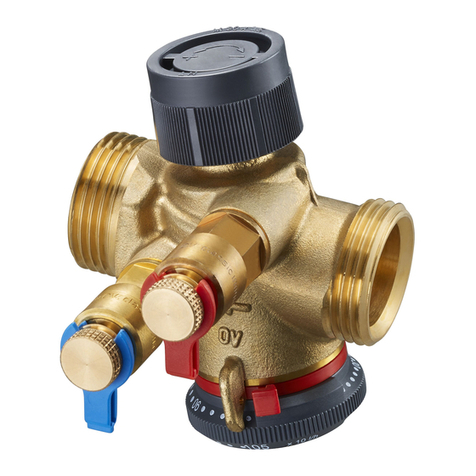
oventrop
oventrop Cocon QTZ Installation and operating instructions for the specialised installer

Lumel
Lumel S4AI user manual
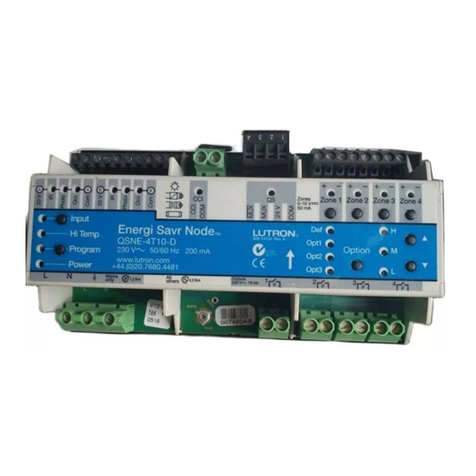
Lutron Electronics
Lutron Electronics Energi Savr Node quick start guide
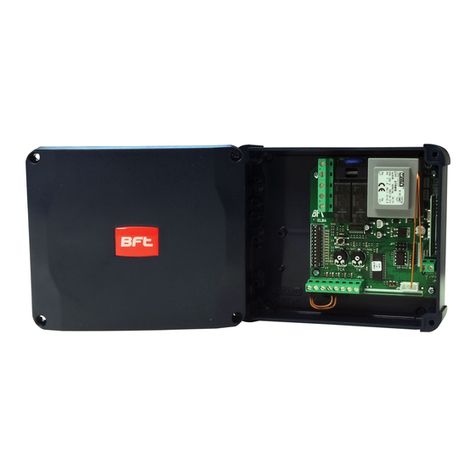
BFT
BFT ELBA Installation and user manual
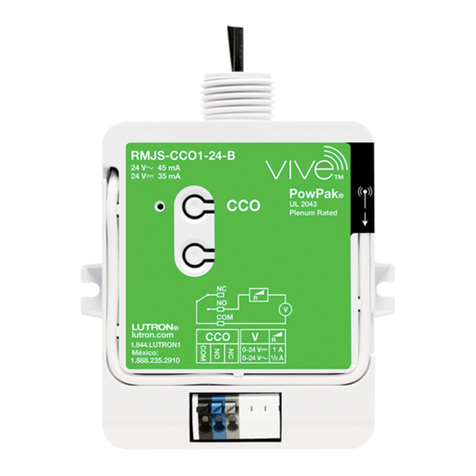
Lutron Electronics
Lutron Electronics PowPak RMJS-CCO1-24-B Installation
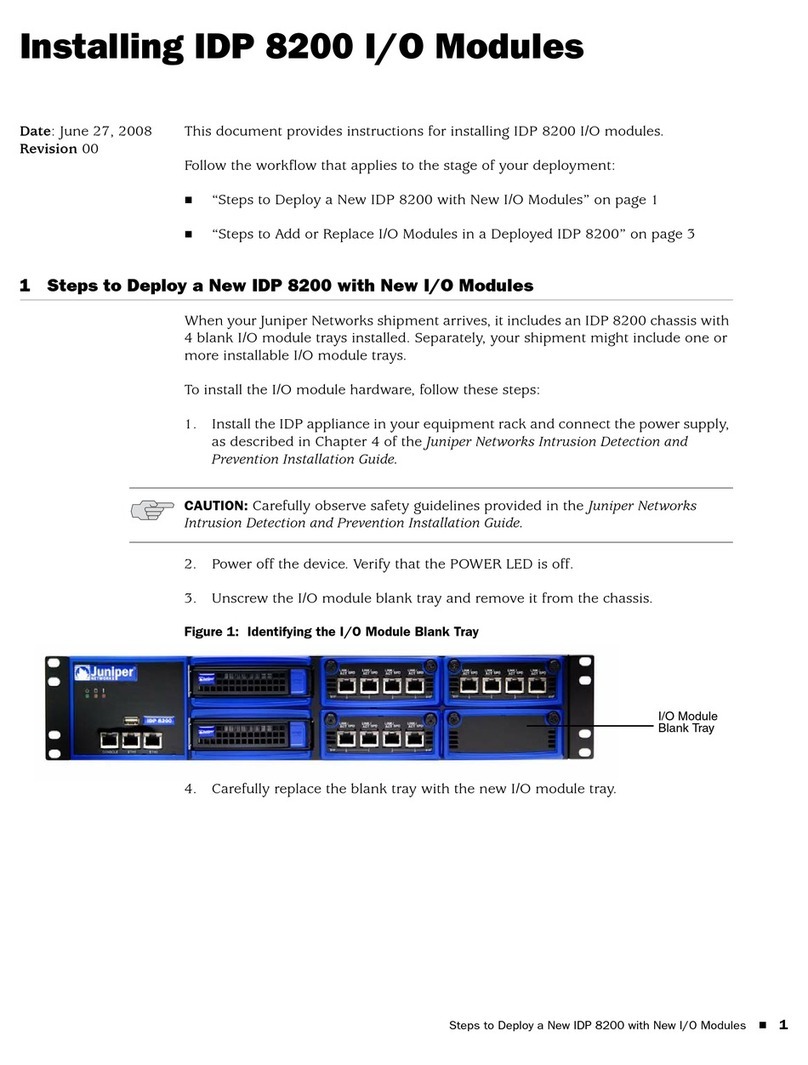
Juniper
Juniper IDP 8200 Installing manual


